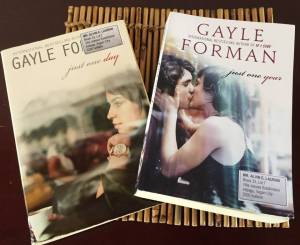In my fourth year of college, I was introduced to the concept of the JOHARI WINDOW by my instructor, Prof. Gualberto G. Montecillo. This lesson was part of the subject “Introduction to Administration and Supervision,” and it left a lasting impression on my young mind. The JOHARI WINDOW, with its four quadrants, fascinated me, especially the area where others know us better than we know ourselves. It became clear to me that there is much to discover about ourselves through this process.
There are aspects of our lives that we prefer to keep hidden from the public eye. These may include personal experiences and emotions that we keep to ourselves, even from our closest friends and family. Some refer to this as having “skeletons in the closet.” Our fear of not being accepted or of not fitting in often drives us to hide our thoughts and actions from others.
The fear of being judged and the desire to avoid being labeled as weird, nerd, or different can lead us to mask our true selves. We may choose to cry in private and keep our deepest feelings hidden, rather than risk exposing them to the world. We wear a facade of radiance and joyfulness while battling internal pain. These actions stem from our fear of the world’s indifferent judgment of our emotions and vulnerabilities.
Yet, in our quest to discover ourselves, we often find that other people play a significant role. Fictional characters can provide valuable insights into our own journeys of self-discovery. In books such as “Just One Day” and “Just One Night” by Gayle Forman, the American girl Allyson embarks on a year of self-discovery while searching for a laid-back Dutch actor named Wilhem. Her journey breaks free from a lifetime of limits, revealing her true passions and even true love.
Gayle Forman’s book “I Was Here” introduces us to Cody, who uncovers more about herself while trying to unravel the mystery of her best friend Meg’s suicide. In Nicholas Sparks’ novel “The Longest Ride,” Luke and Sophia navigate difficult decisions in their lives with the guidance of Ira and Ruth Levinson.
In John Green’s “Paper Towns,” the protagonist Q embarks on a road trip to find the missing Margo and, in the process, discovers the value of friendship and family, as well as important aspects of his own identity.
All of these fictional narratives offer insights that can be relevant to our own quest for self-discovery in real life. As Luke beautifully puts it in “The Longest Ride,” even accidents can have purpose and direction. This sentiment reminds us that every experience, whether intentional or unexpected, contributes to shaping our understanding of ourselves.
The books mentioned provide glimpses into the transformative power of self-discovery through the experiences of their characters. Through these narratives, we can reflect on our own journey of self-exploration, recognizing that even the most challenging circumstances can lead to personal growth and purpose. The lessons learned from these books serve as reminders that self-discovery is a lifelong process, one that can ultimately lead us to a deeper understanding of who we are and what we value in life.







